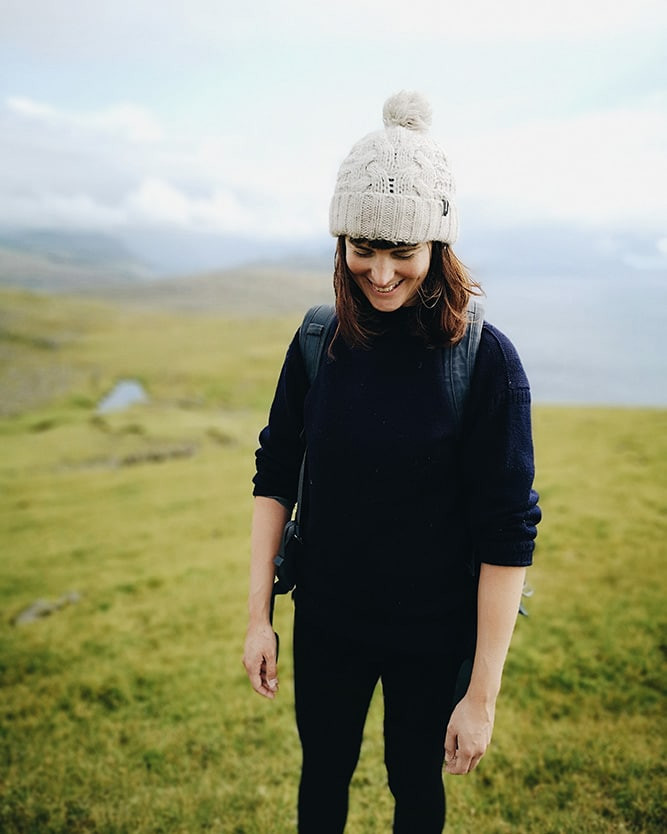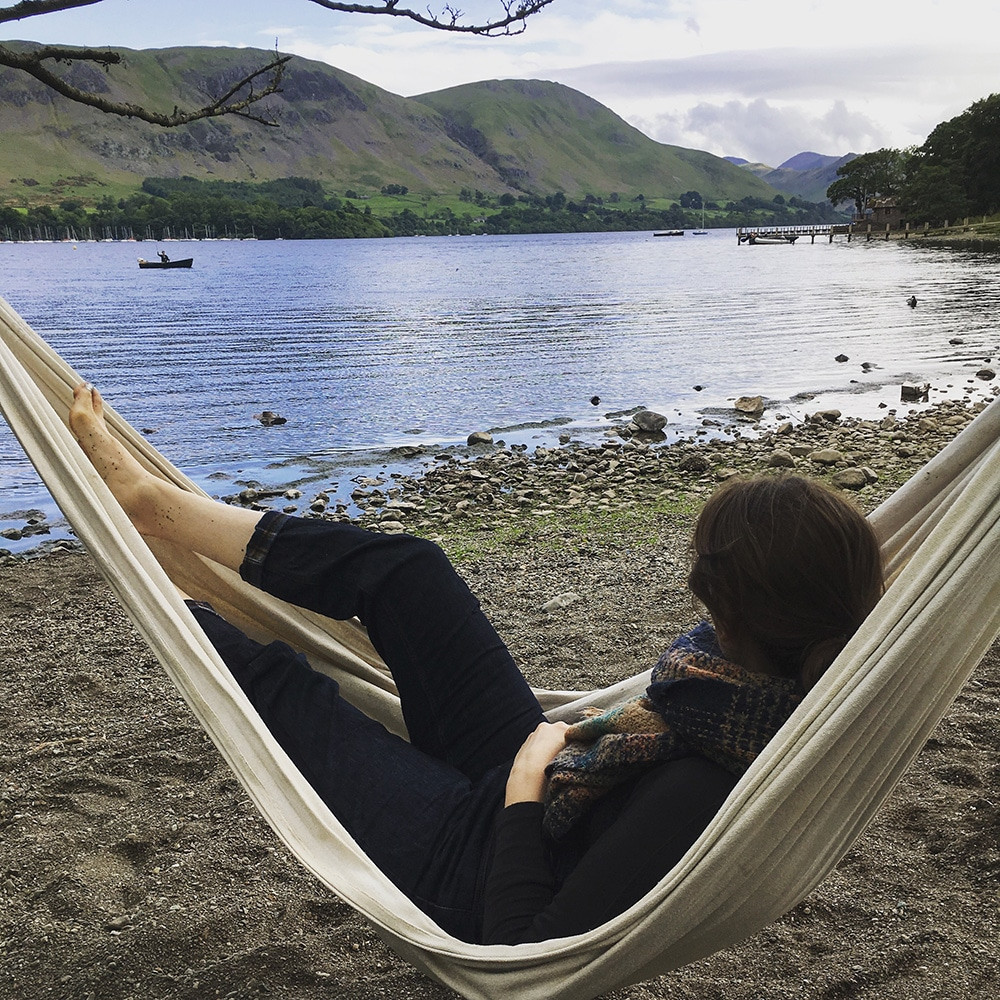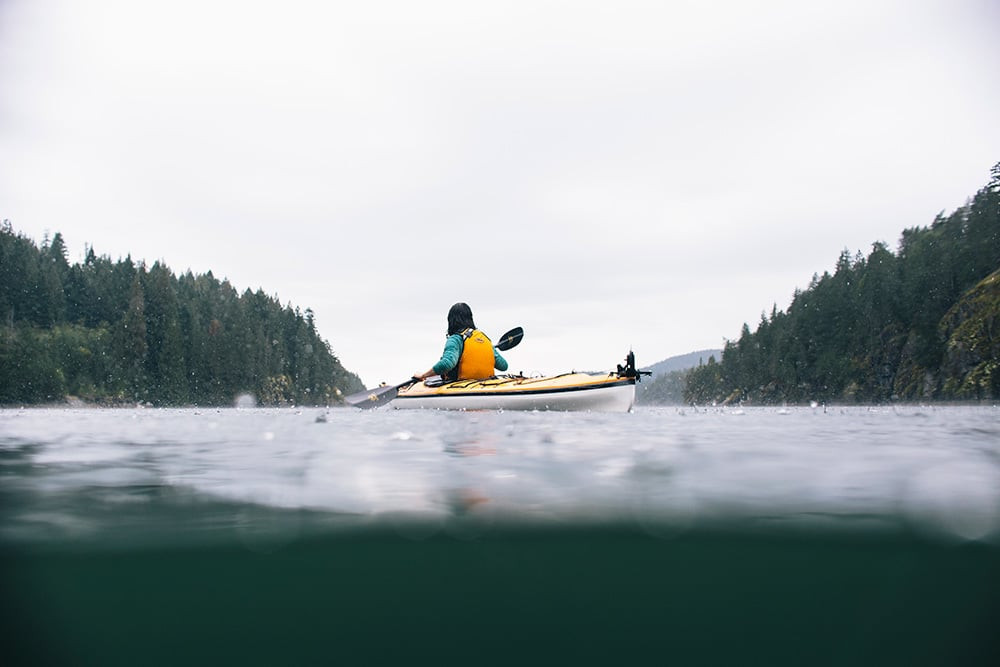Introducing Ernest Journal
Ernest is a journal for enquiring minds: an independent magazine made for those who value surprising and meandering journeys, fuelled by curiosity and guided by chance encounters. As we launch our own special Edition of the journal – which has all the authentic storytelling of Ernest together with a special chapter of tales from Another Place, The Lake – we talk to editor Jo Tinsley about her own slow journey into publishing, her early adventures in the fells and her hopes to uncover more unexpected stories in the North Lakes.

Photo: Ruth Allen
Describe the journey that ended in the first Ernest Journal.
I launched Ernest in 2014. I’d worked in publishing for a number of years, on craft titles and Countryfile magazine, before going freelance to work as an editor on someone else’s independent magazine. I soon grew to love the world of independent publishing. The vibe was entirely different. There was a feeling of optimism and innovation; print wasn’t dying out, it was regenerating. I love the specialism of independent magazines and the inclusive community; many of us publishers are good friends, who support each other’s projects and share knowledge.
We crowd-funded the first edition of Ernest, which was a slog but made all the difference and resulted in a loyal community of readers. I feel so proud when a reader buys the latest issue and tells me they’ve been supporting us since issue one. Six years on, I’m delighted to be beginning a new chapter in partnership with Another Place, The Lake. It’s a real meeting of minds. The first time I stayed at the hotel, I remember thinking: ‘if you could capture the mindset of Ernest in a place to stay, this would be it.’ So, to see the publication of our first Ernest Editions is a real joy.

Photo: Colin Nicholls
What draws you to the Lakes?
I grew up in Lancashire, on the edge of the Pennines, to a family of keen walkers. I spent many a weekend being dragged up Lakeland fells. I remember moaning at the time, especially when my dad would promise that each false summit was the top, only for another peak to reveal itself in the distance. Or when he took us on one of his famous ‘short cuts’, which left my brother and I skidding down scree slopes on our bums.
Looking back though, it was trips like these that instilled a love of walking – and a hardiness – that has only grown in me over the years. It was the beginning of a fascination that lead to my early career in writing about walking, from 100s of pull-out route cards for Countryfile magazine and co-writing the first Wild Guide to incredible experiences around the world such as documenting the opening of a brand new hiking trail in São Tomé and Príncipe. Today, I return to the Lakes with a real fondness and nostalgia – and a desire to make new memories here.

Photo: Graeme Owsianski
Did you learn anything new about the Lakes during the process of editing Ernest Editions?
Absolutely. I found the story about the Picturesque movement particularly fascinating: how early visitors struggled to articulate the sublime majesty of the Lake District and how a new language was needed in order to understand this wild aesthetic. This is precisely the sort of story that captures us here at Ernest – exploring how we relate to nature and, in turn, strive to protect it.

Photo: Ryan Lomas
What stories are you looking forward to telling with us?
Ah, so many. There’s such a rich heritage in the North Lakes – of human history as well as natural beauty. Our writer Joly Braime (who penned ‘The Language of Wild Beauty’ feature), put me on to a fascinating idea recently. On his walk with Alex McCoskrie, a fount of knowledge who works with both the Lake District UNESCO World Heritage Site and the National Trust, Alex spoke about the small-leaved lime tree, once common across the UK but now only present in very ancient woodland. Apart from being particularly desirable as carving wood – it’s been made into piano keys and is mentioned in Beowulf as a fine tree for shield-making – the small-leaved lime apparently has a curious ability to move through the forest (rather slowly). It falls over, then re-roots and grows up, then falls over again. It sounds like something from the imagination of J.R.R. Tolkien! But then, in an ancient landscape such as the Lakes, perhaps this isn’t surprising.

What is always in your suitcase when you travel?
I generally travel with Miles by Millican, a no-nonsense duffle with a handy laptop sleeve and loads of stuff space. For the easily-flustered traveller, packing cubes have also been a recent revelation, so now I’ll always bring these. Inside, I pack merino wool layers, whatever the season, and always bring swimsuit – just in case. I’ll nearly always pack hiking boots or Vivobarefoot Swimrun pumps, and a down jacket that wraps up small; a jumpsuit or two for evenings; a sleep mask for lie-ins. Oh and a notebook for all the ideas that flood in whenever I’m away from my laptop and out in the wild.
For more curious tales from Jo, sign up for the Ernest Journal newsletter here

Photo: Graeme Owsianski

Photo: Graeme Owsianski

Photo: Steph Wetherell
You can pick up your copy of Ernest Editions in rooms at Another Place, The Lake. Book your stay with us.